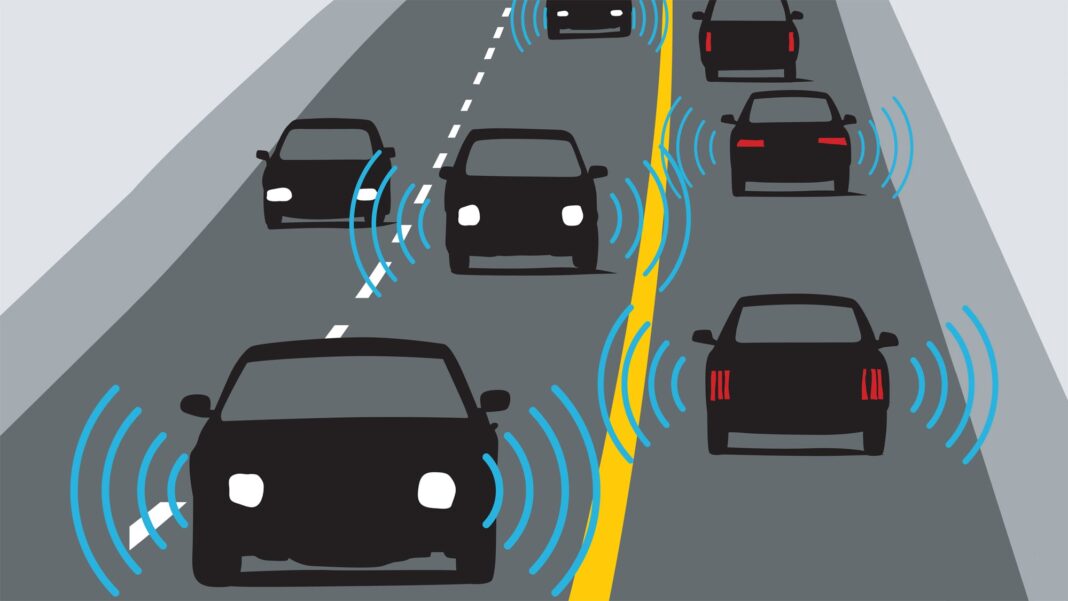Every driver’s priority when driving should be safety, and that has been made easy because, nowadays, cars are increasingly equipped with safety features that avoid collisions, protect people, and respond to crises. When purchasing a car, it is critical to select a comfortable and dependable vehicle that offers superior safety. While modern cars often have more advanced safety technology than earlier ones, several critical systems may not be standard or available in newer vehicles.
However, let’s look at some of the driver assistance tools every driver needs to ensure safety.
Autonomous Emergency Braking
Autonomous emergency braking (AEB) is a system that automatically applies the brakes when a vehicle detects an impending collision, both forward and reverse. AEB functionality varies by manufacturer and model, with some working at slower rates and others capable of higher speeds. Advanced AEB systems may dynamically alter brake pressure in response to road conditions. Buyers should search for automobiles with AEB that works in both forward and reverse, at high and low speeds, and can recognize vulnerable road users.
Traffic Sign Recognition
Modern vehicles now feature traffic or speed sign recognition, which displays the current speed limit and alerts if it’s exceeded. Advanced models automatically slow down and reset cruise control, while some TSR systems can detect temporary speed limits like school zones and roadworks. Some cars claim speed limit recognition but rely on satellite navigation mapping, lacking real-time monitoring of traffic signs via onboard cameras, making them less reliable.
Blind Spot Monitor
Blind-spot monitoring systems scan neighboring lanes with sonar sensors in rear bumpers or cameras in external mirrors, alerting drivers to prospective vehicles in the driver’s blind spot or obscured by the car’s roof pillars. These systems often include warning lights in the external mirrors that flash or illuminate when a vehicle is detected nearby and one lane over. Blind-spot monitors are generally effective in preventing drivers from cutting off another motorist.
Adaptive Cruise Control
Adaptive cruise control is a feature in cars that uses radar and camera modules to change the cruising speed when a slower vehicle is spotted. It maintains a predetermined distance from the car in front, with three options available. Advanced versions can bring the car to a complete stop and then restart when traffic starts moving again, decreasing driver fatigue and allowing cruise control to be used in dense-traffic situations.
Driver Attention Monitoring
Driver attention monitoring (DAM) is a technology that combines cameras and sensors to track a driver’s steering wheel inputs and eye movements. It notifies the driver when indicators of fatigue or distraction are identified, using visual alerts, audio warnings, and tactile methods like as steering wheel vibration. DAM also tracks the amount of time drivers travel without taking a break, pushing them to take one. More complex versions are advised, while certain types can be extremely sensitive.
Forward-Collision Warning
Forward-collision warning systems use radar, cameras, or both to detect slow or halted traffic. They provide drivers with visual and audio warnings of an impending collision in the hopes that they will apply the brakes. These systems may also offer automatic emergency braking, but not all vehicles have both functions.




